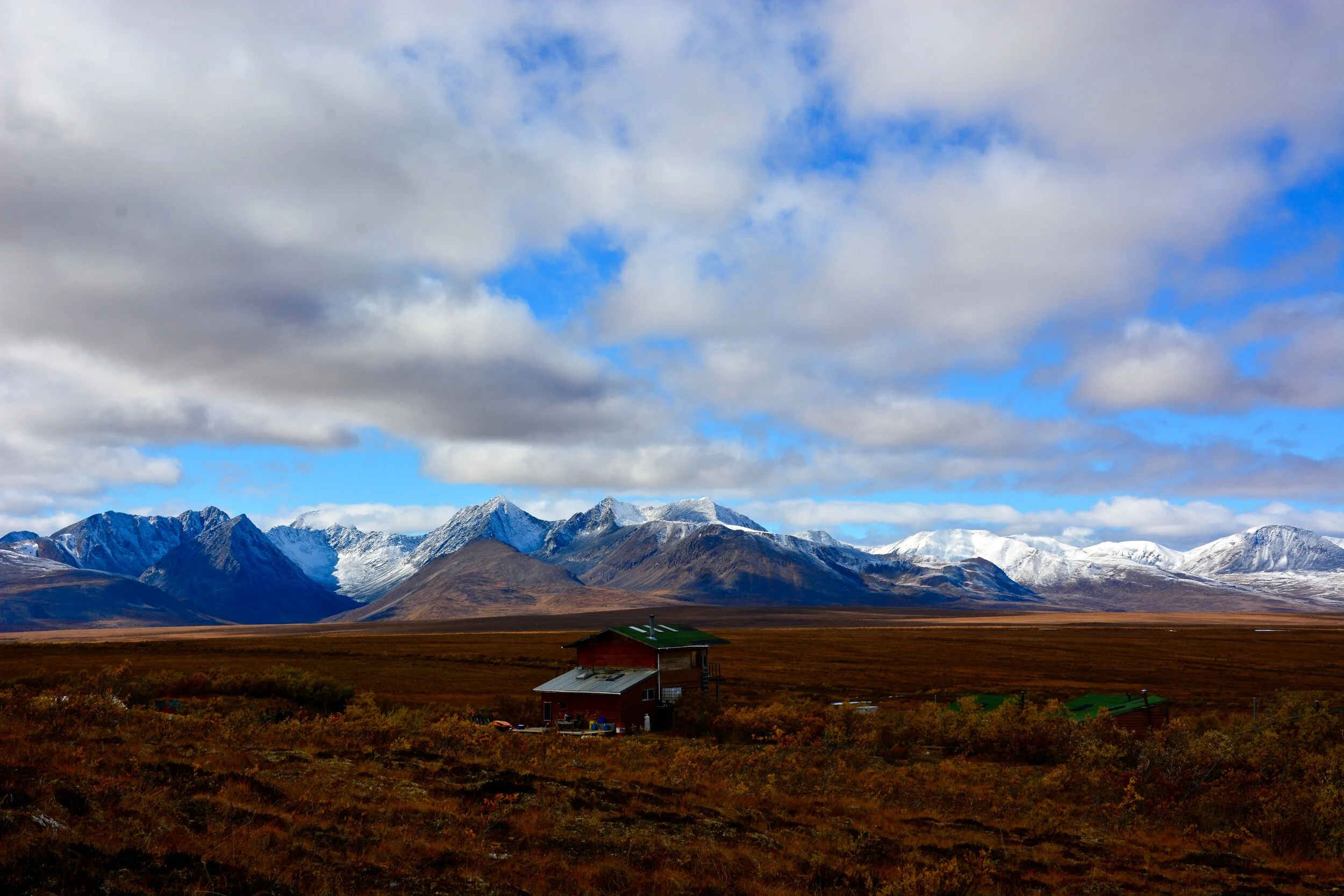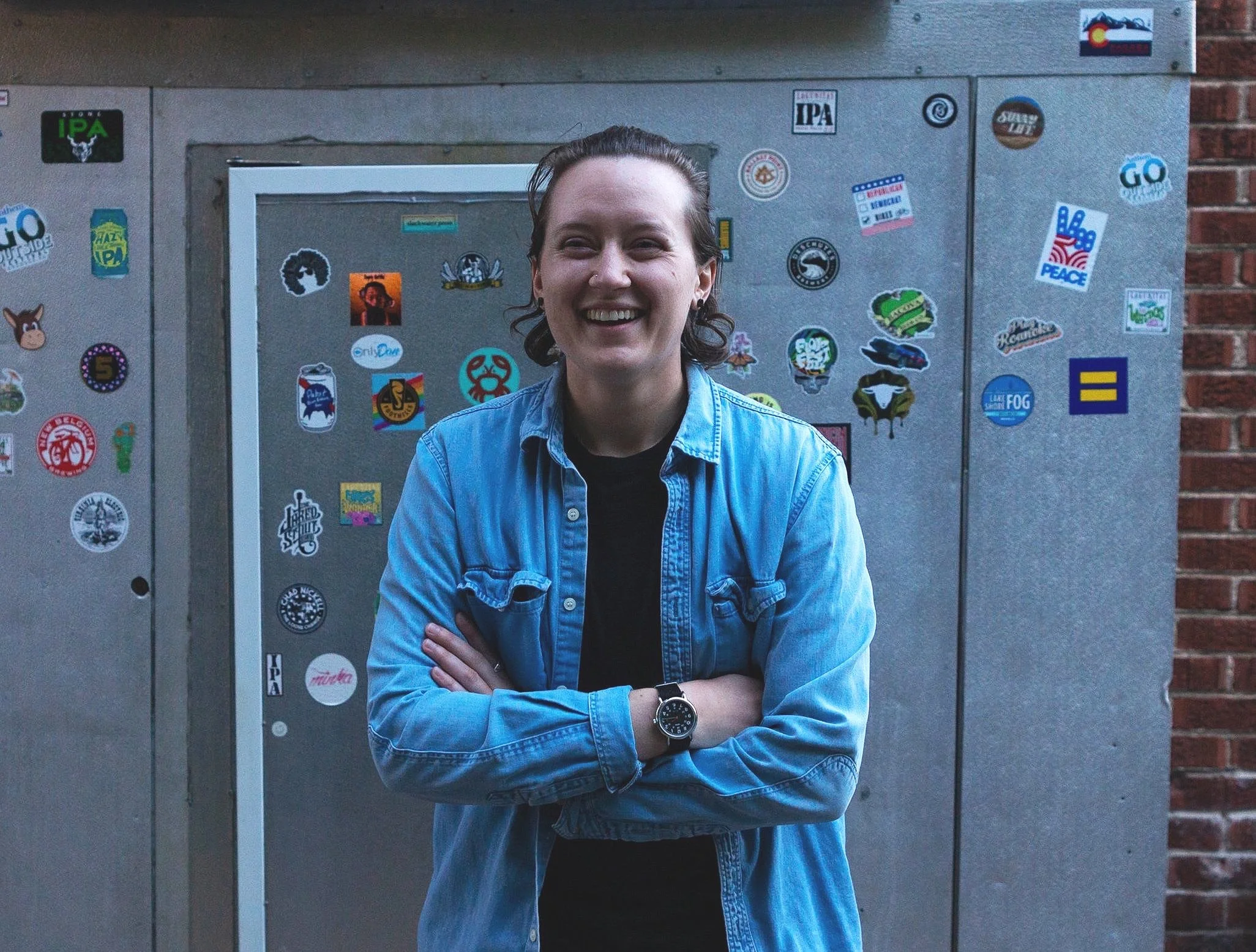All human beings are a part of nature.
Each First Nation community shares this belief and has their own unique relationship with the land. It’s one of stewardship with a great emotional tie to the land, water, animals and plants.
Oral traditions, cultural practices and traditional knowledge connect people to the land. But the history of colonialism and resource extraction has seen these cords severed throughout the generations. Yet the stories and traditions live on, shared by those with first-hand experiences.
Robby Dick is one of the people sharing stories of stewardship. As a member of the Kaska Dena First Nation, Robby grew up in a small community of Tu Łidlini (where the waters meet), also known as Ross River, YT. He has been working with the Elders of his community for many years to revitalize his people's language and share aspects of his Indigenous culture through visual storytelling.
His photography features community, northern life and the environment in order to document the relationship the First Nations people have with the land and their surroundings.
As a graduate from Storytelling School, Robby caught up with Photographers Without Borders (PWB) to share more details about his work.
PWB: What does storytelling mean for you?
Robby Dick: Storytelling has always been around—it’s in my DNA to tell stories. We have stories passed down through generations, and there are vast amounts of traditional knowledge in these stories. I ask myself how I can convey those teachings that were passed down from ancestor to ancestor. People these days would call my work environmental activism, but up here, it’s our way of life.
PWB: How do you decide on which stories to tell? Are you a planner or more of an in-the- moment storyteller?
Robby: I’m more in the moment. I’m covering a story now about the Caribou in Kaska Dena Nation. It’s really important to my people and to our way of life. I will get an idea in my head and ask, how do I want to tell that story? You know, artistically speaking, and I just go for it. Right now, I’m thinking about the pandemic and how it affects most people around the world. People are stuck inside, glued to their screens, and this is an opportunity to reconnect in a way that matters. For us over here, that means going back to the land and knowing how important it is to mental health.
PWB: What is wisdom you've learned from the Elders in your community that left a large impression on you that you would like to share?
Robby: The one that sticks out to me is, “The smartest one carries the stories.” I've thought about it over the years as telling the stories to kids, and growing up thinking, "Who is going to carry the stories?"
The area pictured here used to be filled with herds of caribou on the tundra. But now, we barely see 15 on a good day—probably more like two or three. Caribou are very sensitive to human activities and resource extraction.
PWB: What do you want people to know when they look at these images?
Robby: That we are still here. So many Indigenous people continue to utilize the land. We’re trying to take care of it, and our practices are very sustainable. We want to convey that human respect among other people that are non-members. And one way of doing it is through storytelling.
This is a shared traditional territory, a high plateau that I call Dechen La, end of the sticks. Prior to the pandemic, we had youth programs every year to bring youth out there. That's where we connect with them. That's where we share the stories. That's where the knowledge sharing philosophy comes in. And, hopefully, they were inspired to tell their friends about what they experienced up there.
PWB: Can you tell us more about this image?
Robby: His name is Ricky Andrew, and he is making a traditional drum out of caribou hide. He is one of the only Elders that still carries that knowledge. Ricky is getting older now, and we want to be able to see these practices carried on, so visual storytelling is important.
“We went fishing with kids and youth. Amos would always say that, right here, you always get a lot of fish. He had that traditional knowledge and lived experience from even 40 or 50 years ago. And now, this group of kids from a totally different generation will know where to get fish in the springtime and how to catch a fish when they grow up.”
- Robby Dick
To see Robby's work, visit his website. You can also learn more about Storytelling School and see what upcoming sessions are available.
More from PWB Storytellers…















